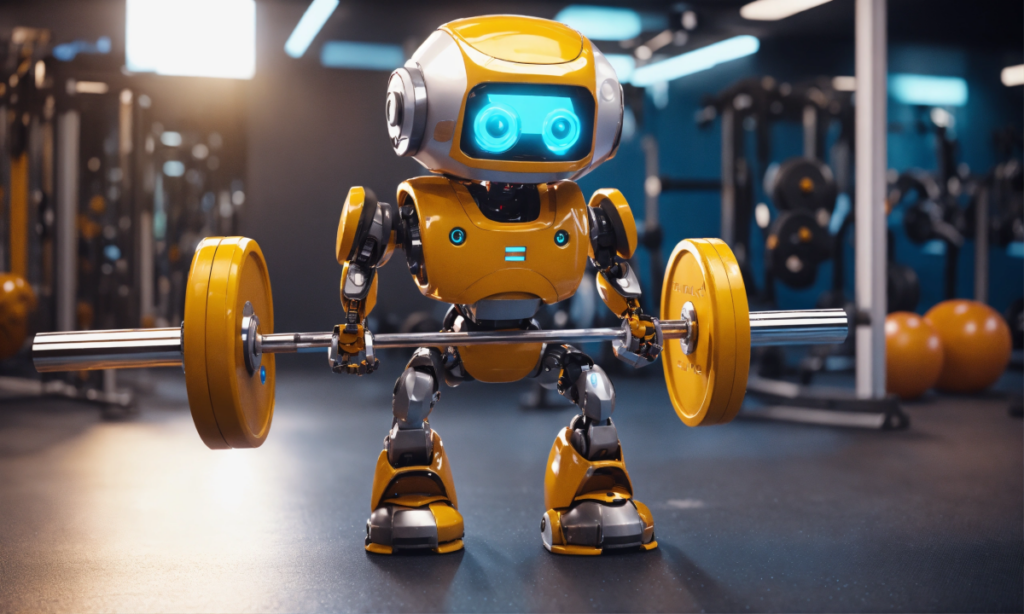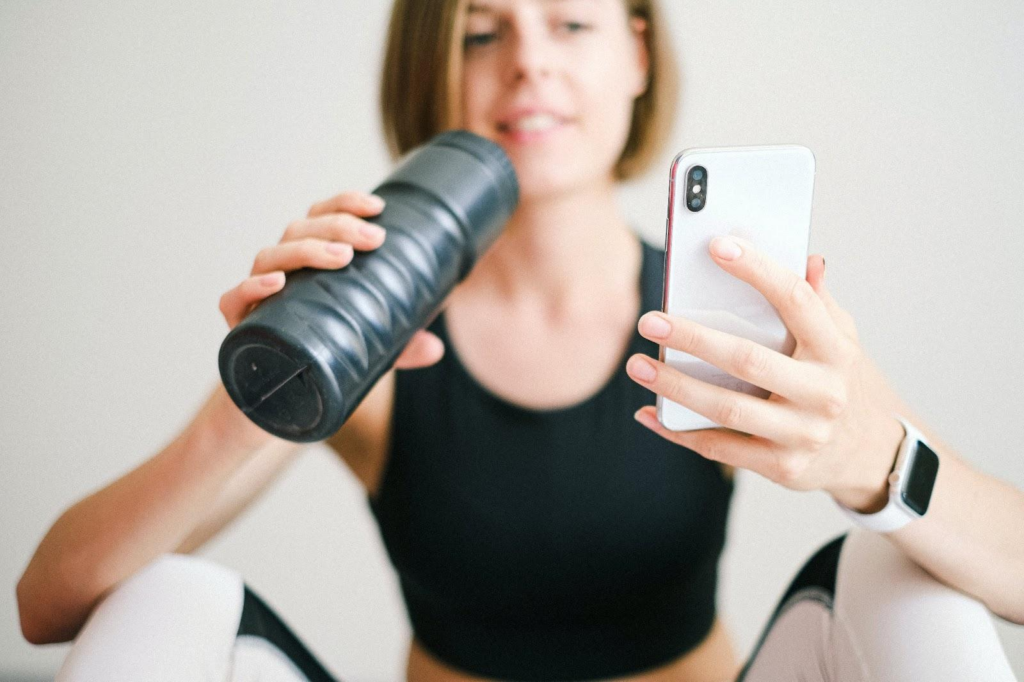AI is transforming fitness and strength training for athletes and enthusiasts. AI-generated workout tips are now tools to improve efficiency and safety in weightlifting. Such intelligent systems use real-time data and machine learning algorithms to give tailored advice that is beyond generalized advice.
The Role of AI in Strength Training
Artificial intelligence processes vast quantities of workout data and provides targeted feedback. AI processes inputs, including finished sets, reps, weights lifted, and rest intervals, to identify patterns and trends in a lifter’s performance. This analysis allows personalized recommendations adapted to progress, fatigue, and goals.
A subset of AI called machine learning lets systems learn from user behavior. With each workout logged, the algorithm learns to recognize when adjustments are needed – so there is always room for improvement without unnecessary strain.
AI has also prevented training plateaus. AI proposes progressive overload strategies, recommending incremental weight and volume increases to avoid muscle adaptation to overtraining.

AI-Generated Workout Tips for Smarter Weightlifting
Personalized Training Plans
AI can customize training plans. Instead of providing generic routines, AI analyzes an individual’s experience level, goals, and performance history to create workouts tailored to them.
Reps, sets, and weight selections are dynamically adjusted as you progress. If the AI detects stagnation or accelerated improvement, it recalibrates the plan in real time to keep momentum and challenge the lifter accordingly.
Optimized Progressive Overload
Muscle growth and strength gain require progressive overload. AI can calculate ideal weight increments by analyzing prior performance and fatigue markers. This calculated approach allows steady gains without injury. In addition, AI avoids overtraining by knowing when you need rest and deload phases through continuous data monitoring. Such a strategic balance ensures maximum results while protecting long-term health.
Real-Time Form Correction
Improper form is the most common injury cause in weightlifting. AI-powered apps and wearables detect form deviations via sensors and cameras. They give lifters immediate feedback about needed adjustments. Real-time corrections reduce injury risk and ensure each repetition is as effective as possible, teaching correct technique through repetition.
Smarter Rest Periods
Rest intervals are critical to strength training results. AI calculates ideal rest times based on workout intensity, fatigue, and recovery speed. It also adjusts rest durations based on lifter conditions instead of arbitrary timers. It permits efficient muscle recovery between sets, increasing endurance and strength output.

AI-Powered Recovery Recommendations
People often ignore recovery, but it is essential for sustained progress. AI systems track outside influences, such as sleep, nutrition intake, and stress levels.
Based on this data, personalized recovery strategies, such as mobility exercises, stretching routines, and rest day suggestions, are generated. These strategies keep the lifter in peak condition and reduce injury risk.
The Best AI Tools for Smarter Weightlifting
A few AI-powered tools are popular for boosting weightlifting routines. Machine learning apps like Fitbod, Freeletics, and Kaia create custom workouts, automatically adapt plans, and track progress based on data. These platforms support all levels of users and provide accessible yet advanced programming.
Smart gym equipment is another leap forward. Machines that automatically adjust resistance according to user performance remove guesswork, enabling progressive overload without manual recalibration. AI-enabled wearables also monitor heart rate, movement quality, and recovery metrics so lifters can train smartly.
Common Myths About AI in Fitness
People often think that AI replaces personal trainers. In reality, AI provides data-driven insights during training, while personal trainers provide motivation, technique coaching, and human interaction. AI is an assist rather than a substitute.
Another myth is that AI-generated workouts are generic. But AI is all about personalization – tweaking programs according to real-time user data. More information means more tailored recommendations.
Some also think AI is only for advanced lifters. Instead, AI helps beginners and seasoned athletes alike with structured, progressive, and safe workout guidance, making it an all-inclusive tool.

Frequently Asked Questions
Can AI-generated workout tips correct my exercise form?
Yes, many AI-powered apps and wearables use sensors and cameras to detect improper forms in real time, offering immediate feedback to help correct movements and reduce injury risk.
Do AI workout apps replace the need for a personal trainer?
AI does not replace personal trainers but complements them. While AI provides personalized data and optimization, trainers offer hands-on guidance, motivation, and expertise that technology alone cannot replicate.
Is AI useful for beginners in weightlifting?
Absolutely. AI adjusts workouts based on the user’s fitness level, making it a valuable tool for beginners by providing structure, progression, and safety from the start.





